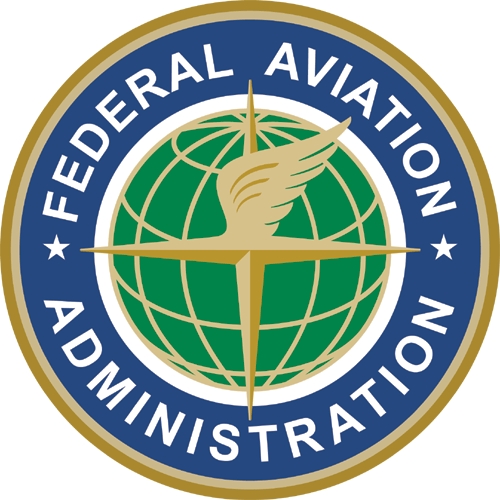
LEESBURG, Va. – The Federal Aviation Administration said Friday that it would delay closing control towers at 149 airports until June to allow forsafety analyses and “to attempt to resolve multiple legal challenges.”
The closings had been planned as part of a $637 million spending reductionat the agency required under the across-the-board budget cuts known as thesequester.
The towers identified for closing are at fields that handle mostly privateplanes, corporate jets, aviation schools and minimal airline traffic. Thetowers’ long-term fate is not yet clear. The F.A.A. said that about 50airport authorities and municipalities had indicated that if necessary, theywould pick up the cost of running the towers themselves.
In a statement, Ray LaHood, the transportation secretary, said, “This hasbeen a complex process, and we need to get this right.”
“Safety is our top priority,” he said. “We will use this additional time tomake sure communities and pilots understand the changes at their localairports.”
Craig Fuller, the president of the Aircraft Owners and Pilots Association, agroup that represents non-airline, nonmilitary fliers, praised the delay.
The F.A.A. announced in March that it was closing towers at the 149airports, a decision that met with strong protests. Since then, pilots saidthat their concern was not so much landing and taking off without a tower -most small airports never had one in the first place – as getting used tooperating without one.
At a “non-towered” airport, pilots announce their intentions on apre-established radio frequency and listen to other pilots do the samething, and then are able to maintain a mental map of other traffic. They flya set pattern to approach the runway, usually in a “U” shape, at an altitudeof about 1,000 feet, with the last turn lining up their aircraft with therunway.
At an airport with a tower, a controller assigns a pilot a specific path sothere so there is no need to keep track of the other traffic.
“None of these towers are there by happenstance,” said Jamie Beckett, aflight instructor in Winter Haven, Fla. “A risk was identified.”
The risk could be because of traffic volume or the mix of traffic; Mr.Beckett compared it to the driveway of a school with “20 kids on bicycles,50 moms in S.U.V.’s and 12 school buses.”
“You probably need somebody there to direct traffic,” he said.
At Leesburg Executive Airport in Virginia, which opened 49 years ago and hasnever had a tower, pilots on Friday described a detailed, almost formulaicetiquette of radioing in at certain stages, and behaving in predictableways, almost like participants in a square dance. They said operatingwithout a tower worked well as long as everyone cooperated.
But some pilots said that in its plans to close the towers, the F.A.A. wasrisking safety in a way that had not occurred since 1981, when the agencywas forced to close towers because President Ronald Reagan fired thousandsof air traffic controllers who had gone on strike. Some instructors atLeesburg said that there were some nearby airports, like the one inFrederick, Md., where instructors would not send a student on a solo flightif the tower were shut down.
On the tarmac at Leesburg, John A. Somiak, an assistant chief flightinstructor at Av-Ed Flight School and the chairman of the airport’ssubcommittee on safety, said that at times, he wished his airport had atower, so that pilots would not have to manage the task of agreeing on asequence of landings or takeoffs.
“It would give us some order on crazy days,” he said. “But I don’t know whowould pay for it.”
